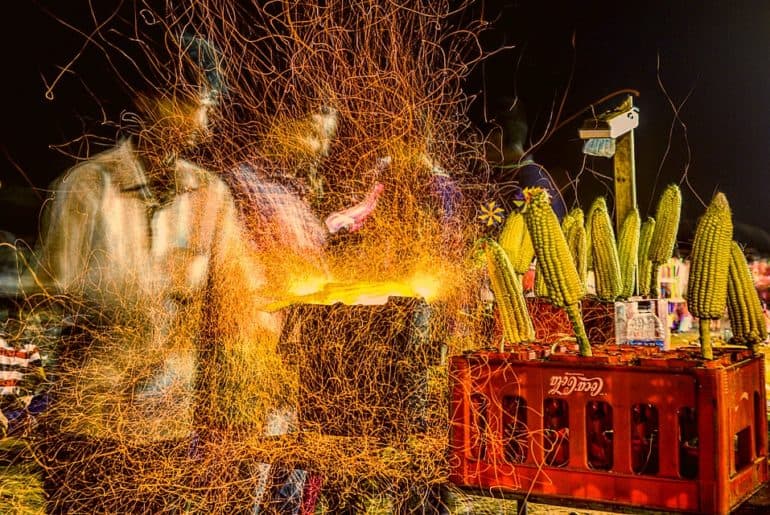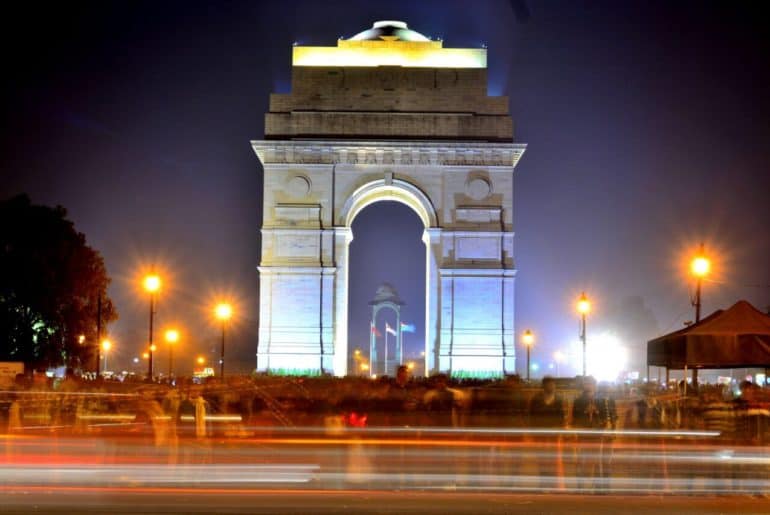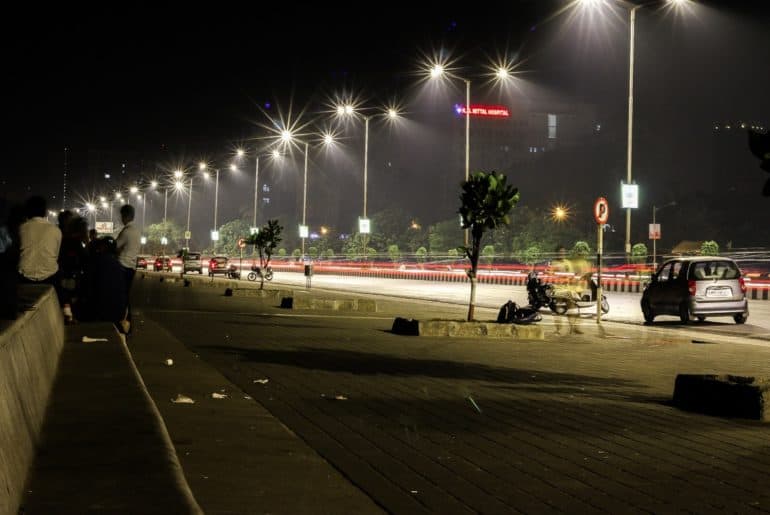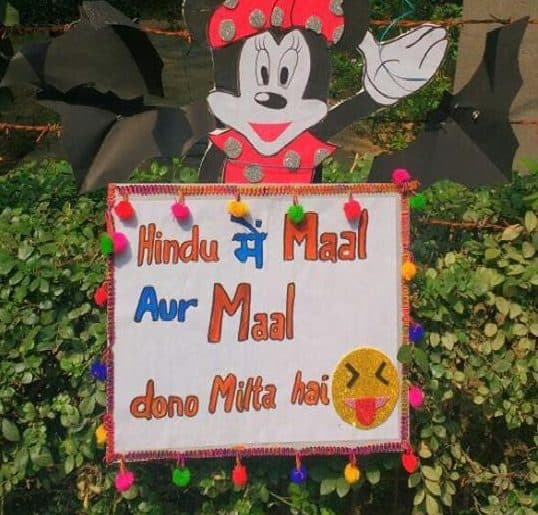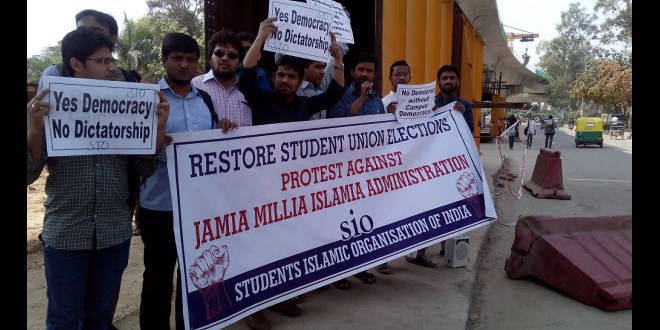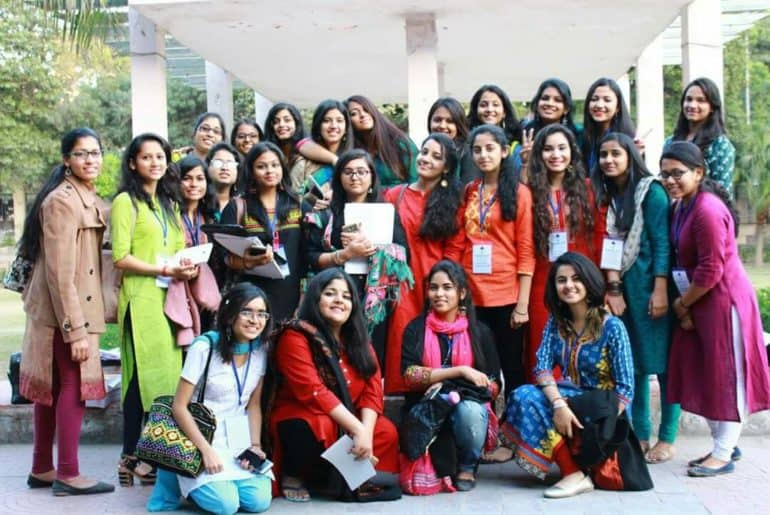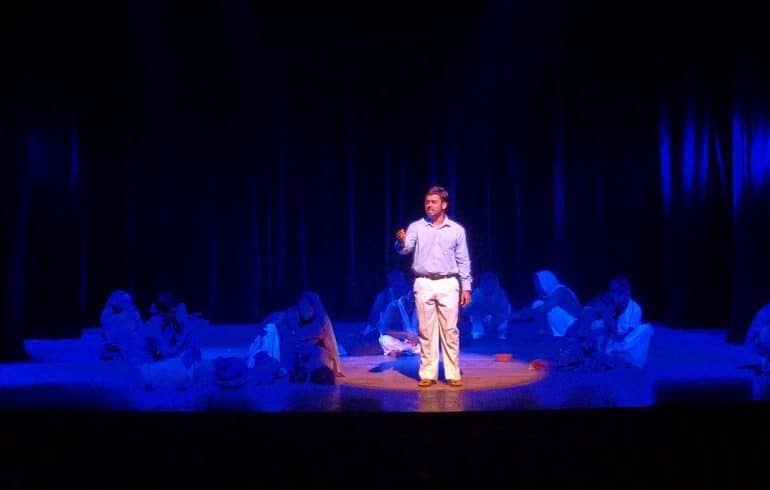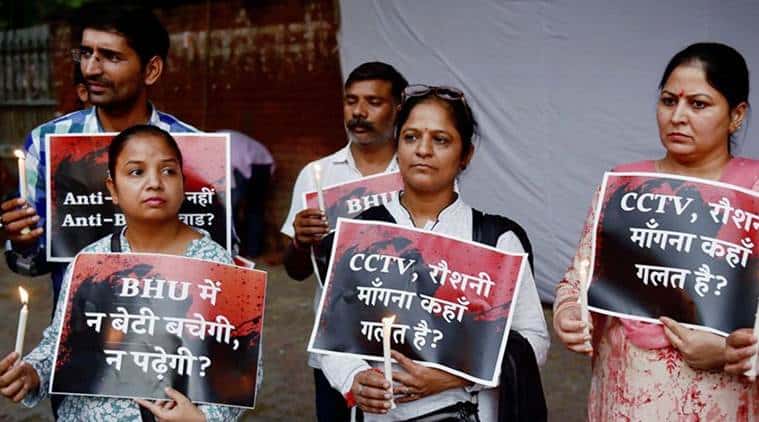Out of 60 colleges that fall under the University of Delhi, at least 20 colleges are not located in ‘primal’ locations – the North and South Campus. Despite forming a decent share of the total students studying in DU, these colleges are often overlooked and their worries not given equal impetus compared to fellow north and south campus colleges.
In light of the recent news reports citing safety concerns for female students of Bhim Rao Ambedkar College, we must address the issues that an off-campus student generally faces. After interacting with several students from the aforementioned category, the following is an attempt to point out the mutual problems and arrive at hopeful solutions-
- Hostel/PG Facilities – Out of the 15 Delhi University Colleges that offer hostel facilities, only 2 are off-campus colleges: Maharaja Agrasen College and Keshav Mahavidyalya. Both colleges offer hostels only for girls that too with a very limited capacity. It becomes a daunting task to find PGs especially when the college is in a relatively secluded area. Famous PGs in Kamala Nagar are a go-to for most students in the North Campus, but off-campus students don’t enjoy a similar structure. A lot of times, students rent flats with fellow batch mates where may end up paying higher. There are steps being taken to fulfill the lack of such facilities, as Deen Dayal Upadhyaya College and Shaheed Sukhdev College for Business Studies are in the process of building hostels which would be open soon.
- Limited reach of on-campus events – Any organiser of an event or a quiz would agree that gathering footfall for society events is a herculean task. Since many colleges are in far-flung areas, students think twice before attending that college’s event in comparison to a North-Campus College where one can miss a couple of lectures and attend the rest. Consequently, finding sponsors for societies is extremely taxing as most sponsors consider an event’s footfall before investing money in the society. A few colleges which enjoy famous reputation may not face this problem, but many which are comparatively newer and not as well-known have to go through a struggle to raise funds.
- Lack of University-wide Facilities – Every north campus student can avail the benefits of centralised photocopy shops, university special buses, and has easy access to the parts of Delhi University that are relatively unknown to most off-campus students. Vice Chancellor’s Lawns, DUSU office, Mind and Body Centre, Conference Centre are at the threshold of every North Campus student. To top it, protests and marches are a regular thing in North Campus, and many students are yet to experience the power of dissenting voices through this wonderful medium. Moreover, any news of relevance to the student community reaches late to a student who isn’t in those extreme directions.
- Fewer student-centric hangout spots – While north campus has Hudson Lane and Kamla Nagar, south campus has Satya Niketan, off-campus college students end up in varied places each time. Depending on the location, the surrounding locality of the college can either be lackluster, with very few areas of interest or with extremely pricey restaurants that primarily cater to families, barring a few outlets opened for students. College canteen becomes the last resort especially when breaks between classes are of a shorter duration.
In addition to the above, the newer off-campus colleges have to face the brunt of being new. Students there have complained about lack of exposure in comparison to other colleges with established Placement Cells and decades-old society culture. The management doesn’t entirely trust students and many college rules digress from commonplace practices eg. the system of ECA or Pink Slips is not prevalent in many newer colleges where the management repudiates the students’ requests. An implication of this system of long procedures is heavy focus on academics and figuratively no co-curriculars to participate in. Connectivity is another major problem for students of Maharaja Agrasen College, as the nearest metro station isn’t exactly near to their college.
Regardless of everything mentioned, there are several bonus points of being an off-campus college student. The infrastructure of some off-campus colleges is better than many of its extreme counterparts, DDUC, MAC, and SSCBS being great examples of that. The students who disdain the heavily politicised atmosphere during elections season do not need to fall prey to unnecessary harangues. Opportunities to start new societies tend to be on the higher side, and ways to escape droning lectures are always innumerable. Specialised courses, sprawling campuses, hi-tech facilities, and immense focus on academics steal the spotlight from north and south.
Feature Image Credits: So Delhi
Vijeata Balani








